Sales Enablement vs Sales Engagement: Learn the Difference
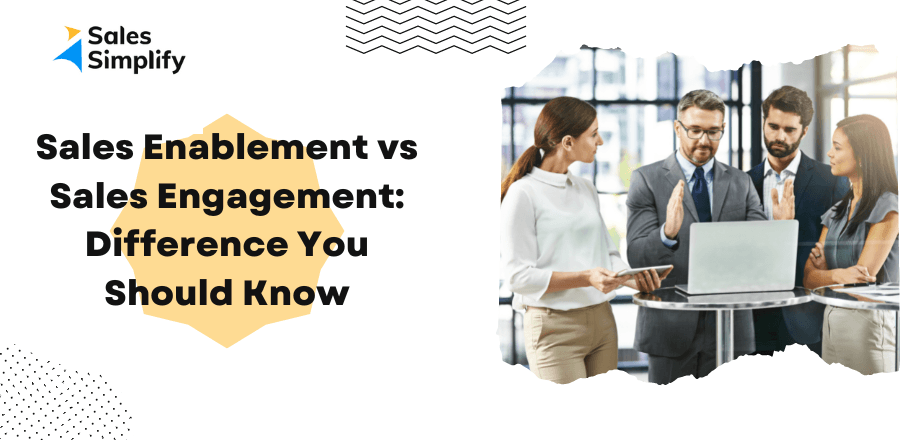
In the 21st century of technological advancement and digital revolution, sales professionals search for cutting-edge, modern tools and solutions that can help them increase their output while making their job easier and faster.
This shift towards technological adoption sparked a new interest in sales enablement and sales engagement to improve sales workflows and conversions.
So what's the difference between sales enablement and sales engagement?
Let's find out!
Sales enablement vs. Sales engagement: Concept and definition
Navigating the waters of sales tech stack terminologies can be overwhelming. So let's start our discussion by defining sales enablement and sales engagement.
What is sales enablement?
Sales enablement encompasses the process of improving sales by supporting, empowering, and preparing your SDRs to improve job performance.
At its core, sales enablement involves providing your sales team with all the tech, tools, training, and education they require to efficiently close a deal.
Sales enablement typically involves the following activities:
- Recruiting and hiring resources — This is the primary step to getting the salespeople with the correct skillset on the team.
- Training, mentoring, and coaching — After recruitment, it's essential to educate, train and motivate SDRs. Apart from educating on core skill sets, the sales reps should also learn about the particular industry, your business policy, current market, etc.
- Equipping and empowering — To utilize their skills efficiently and to get the job done smoothly, you'll need to provide the sales team members with the right tools and technology.
- Evaluation and appreciation — accessing and understanding who's and what's working to improve sales.
Not sure if sales engagement is necessary? Here’re some facts:
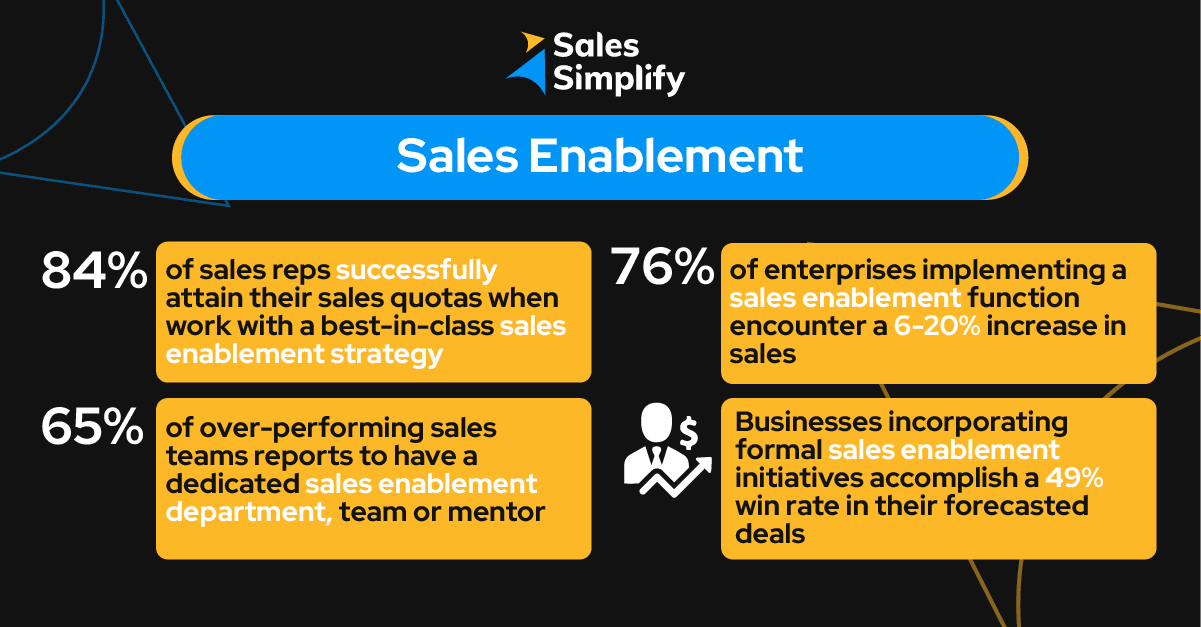
Recent evolution in customer demand and expectations have forced businesses to make their sales process buyer-centric or customer-focused.
With this new market reality, SDRs now need to consistently collaborate and communicate with other internal departments or specialties, including marketing, human resources, finance, customer service, content development, etc.
With such extensive inter-departmental cooperation, it is now necessary to implement a sales enablement platform for the orchestration of these various components and activities.
What is sales engagement?
Sales engagement involves various activities to cultivate and optimize prospect interaction. The goal of a sales engagement plan is to enhance business-customer relationships through data insights, strategic communication, and customer feedback
Sales engagement deals with providing an immersive customer-centric experience specifically crafted for your target audience while considering their interests and requirements. These efforts would ultimately convert leads into customers.
Sometimes, sales engagement is confused with the term sales outreach. Sales outreach indicates how many people the sales team is contacting. But sales engagement goes beyond sales outreach. It is a much deeper concept.
Sales engagement activities involve assessing outreach quality, evaluating the efficiency of prospecting activity, and checking out the effectiveness of conversion efforts. Sales engagement presents a direct correlation with the number of closed deals or sales.
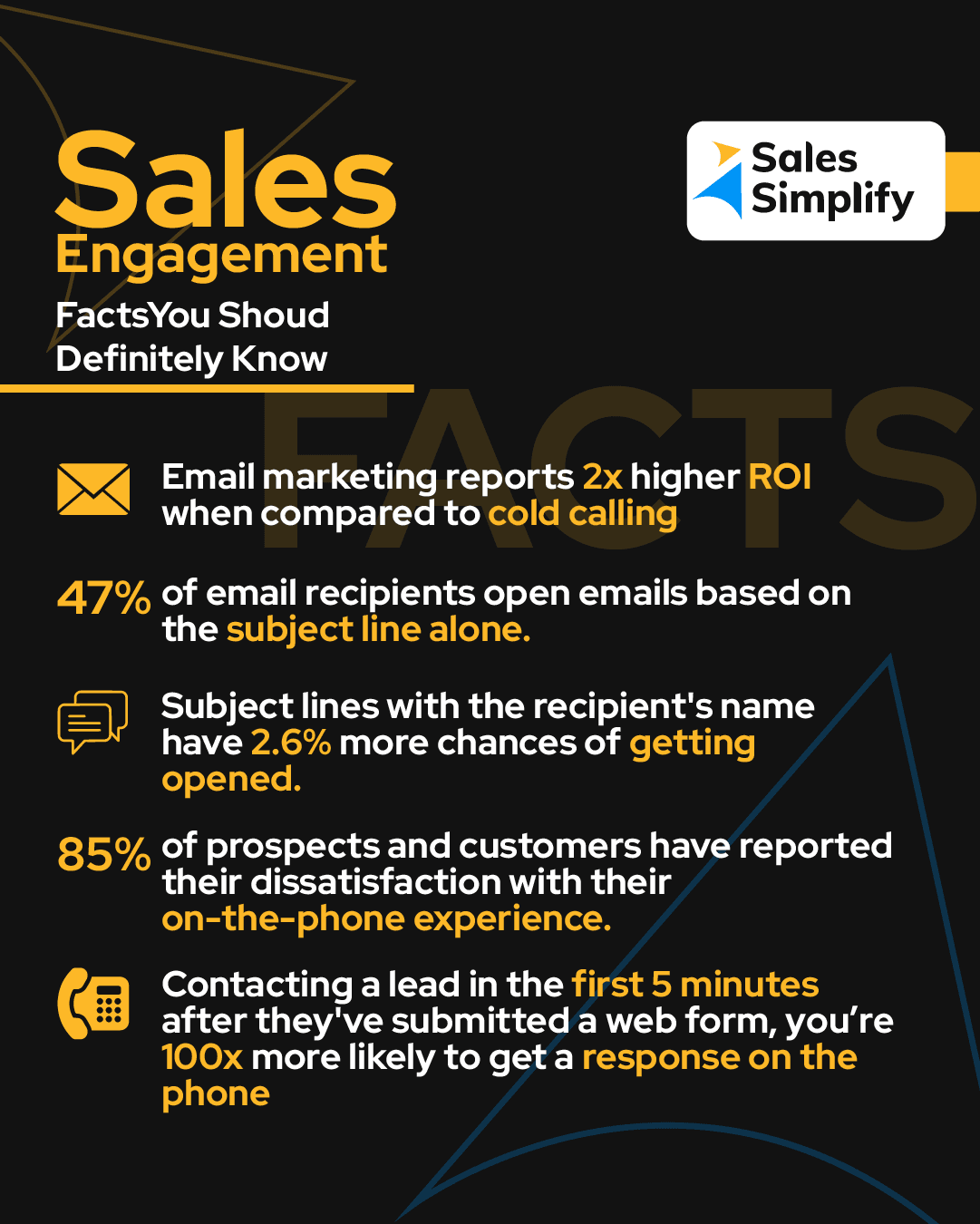
Sales engagement typically involves the following components:
- Sales content management: Involves easily accessible product/service and marketing information and a content or document library that sales reps can fine-tune to address each prospect personally.
- Communication: Outreach and interaction with prospects using email, phone, social media engagement, SMS text, WhatsApp, and web conferencing, depending on prospect communication preferences.
- Utilizing guided selling tools: Dynamic call scripting, automated lead capturing and routing, sales cadence and workflow management, and leveraging other sales tools.
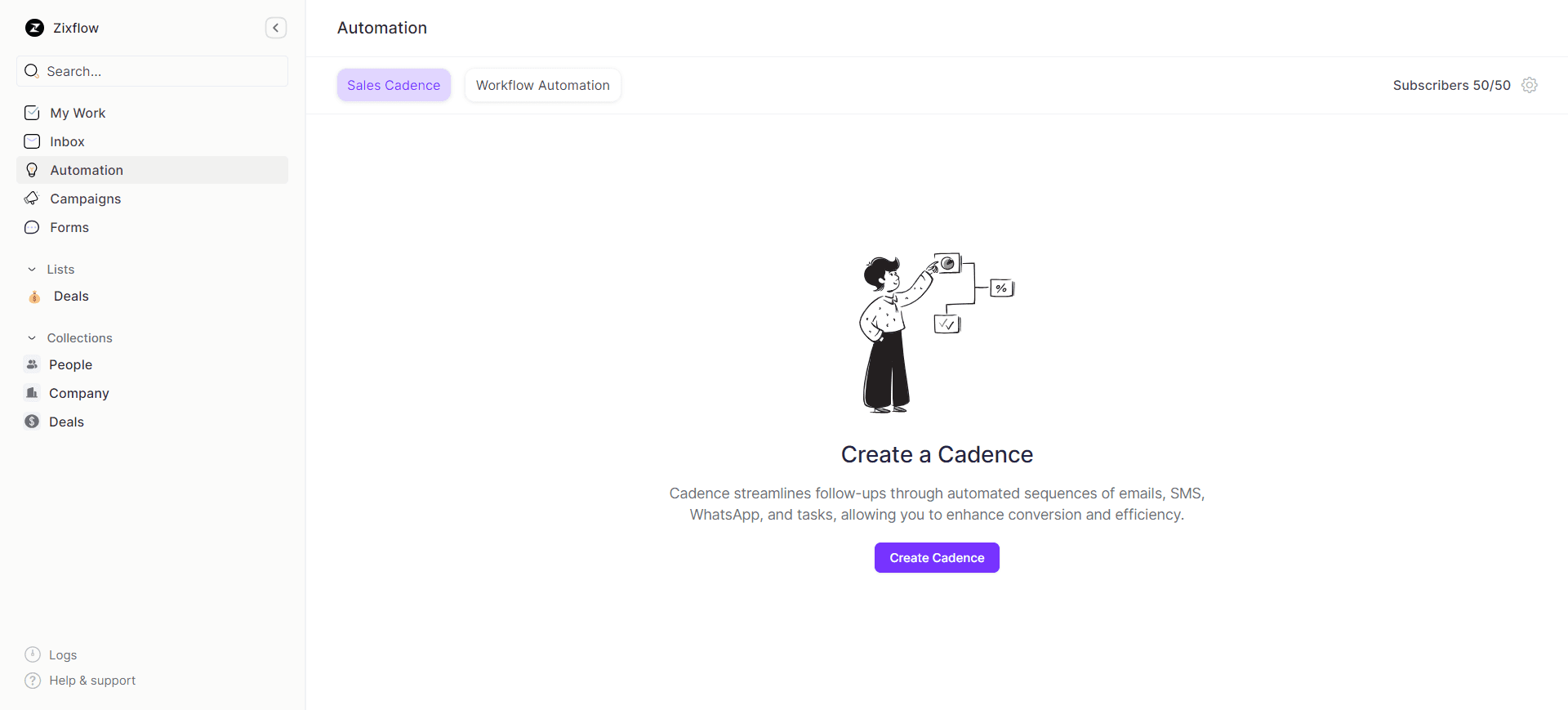
Therefore, as we can see, sales enablement is an internal process that deals with aligning the sales representatives and processes internally with other departments to ensure success.
While sales engagement is an external process specifically focused on outreach and interaction activities to strategically communicate with prospects and customers.
Sales enablement and sales engagement platforms: Benefits
Both Sales enablement and sales engagement have dedicated tools that support sales representatives to do their job correctly. Let's see how sales engagement and enablement platforms can be beneficial for your team:
Sales enablement platform benefits
Sales enablement tools and software offer the following benefits:
- Helps the SDRs to be well-educated, aware, and informed while selling
- Speeds up the overall sales cycles.
- Offers the sales teams data-driven insights on the sales best practices and how their prospects are consuming shared content.
- Helps onboarding the new sales team members.
- Help measure what content is working well and what isn't.
Sales engagement platform benefits
Benefits of the sales engagement platform include:
- Helps in scheduling sales meetings quickly and efficiently.
- Automates sales workflows and messages to send them in real-time through various communication channels such as email, WhatsApp, SMS, and social media.
- Enables the sales reps to personalize sales communications at scale across channels
- Integrates with CRM and marketing platforms and updates information automatically via a two-way sync.
- Helps evaluate the effectiveness of different channels/touchpoints used for connecting with the prospect.
Sales enablement and sales engagement platforms: Best practices
Sales enablement best practices
Several organizations have a fully-functioning sales enablement department that follows certain processes and best practices to ensure better SDR productivity. And in certain enterprises, the sales enablement responsibilities might be divided across various departments.
Sales enablement best practices and workflows may vary from one company to another depending on their unique requirement. However, some common best practices include the following:
Defining what SDRs require to hit their sales targets
Do they need product/service information, content, skills upgradation, sales concept education, sales tools usage training, or best practices? Once you understand their requirements, you can plan to provide them.
- Eliminating departmental silos
Sales, customer success, marketing, finance, and product management teams need to collaborate consistently and remain aligned to develop consistent and successful brand messaging. Sales enablement strategies should be formulated across departments to ensure abolishing departmental silos and open inter-departmental communication.
- Aligning the sales process with the prospect journey
Knowing how prospects come to a final decision, where they perform research to get the required information, and what challenges they encounter allows you to configure a prospect-focused approach so SDRs can guide potential customers through the funnel.
_“We’ve trained sales reps to be product-focused, and that needs to change to a buyer-focused, empathetic, consultative approach.” -Andy Hoar, Analyst at Forrester_
Profile: https://www.linkedin.com/in/andyhoar/
- Sourcing content and facilitating easy access
Blogs, infographics, education videos, case studies, or industry reports, regardless of the content type, your sales teams should be able to easily access the appropriate content at the right time. Sales enablement collaborates with marketing or content management to ensure that there is alignment and that the content created can be actually useful to accelerate the sales process.
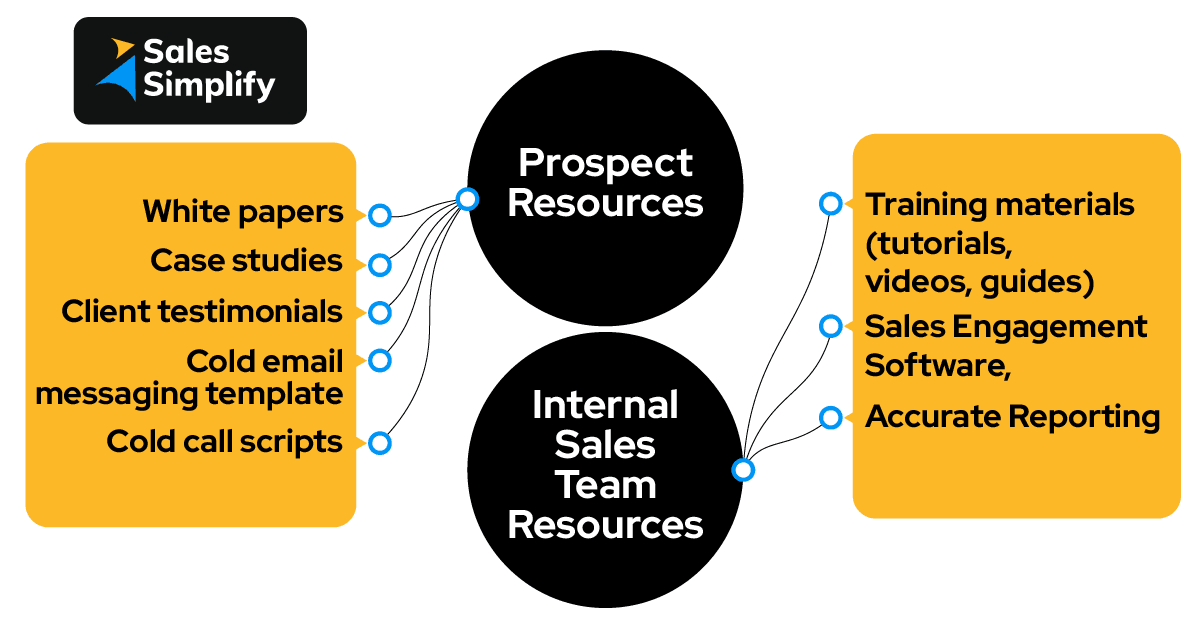
Providing tools
With an ever-evolving tech stack, your sales reps need to work with lead nurturing tools such as Zixflow that integrate with their current workflow and have all the necessary and relevant functionalities, thus allowing them to improve and scale. One crucial component of sales enablement can be to select these tools and help train your sales reps.
Talent management
Recruiting, training, educating, and retaining the right sales professionals is critical for business growth. New recruits require insightful onboarding, mentorship, and training in business methodologies, systems, objectives, and tools. Everyone requires ongoing training to stay up to date with industry trends.
Talent management involves scheduling regular assessments and performance reviews. It should also leverage collaboration platforms to keep everyone in the loop.
Sales engagement best practices
As mentioned previously, sales engagement goes beyond establishing customer touchpoints. Today, sales engagement focuses on improving and nurturing business-prospect relationships and eliminating repetitive administrative tasks.
Some popular best practices in sales engagement include the following:
Sales workflow automation
Sales workflow automation encompasses using predefined email or message templates, creating sales cadence and sequences, defining alerts, automating data entry tasks, etc. Integration with your CRM system gives your sales reps a heads-up and triggers a welcome message when a new contact is added.
Tracking and data analysis
With sales engagement tools you can test and understand which interactions are working and which aren't–starting from email subject lines to engagement sequences. Optimize your outreach activities based on these data insights
For example, several sales engagement platforms such as Zixflow offer customizable dashboards for efficient tracking and data analysis. Here’s how you can use analytics on Zixflow:
Personalization
Simply inserting your prospect name into the email template doesn't qualify as a personalization anymore.
Even when you are reaching out to 50 similar personas, they might be at different levels of the sales engagement stages. Sales engagement tools such as Zixflow enable you to customize each predefined sequence and individual templates for maximum personalization. different levels of the sales engagement strategy.
Sales engagement and sales enablement are interdependent.
From the definitions, concepts, and best practices, it is now evident how sales enablement and sales engagement both need to function in tandem to generate the quality and quantity that sales reps strive to achieve in their sales pipeline stages. Although the techniques, approach, and goals differ, however:
-
Sales enablement is the primary step to produce quality and quantity by enhancing and polishing overall sales effectiveness with holistic training and management solutions such as content management, communication, training, engagement initiatives, etc.
-
Sales engagement generates and converts the desired quantity of leads by streamlining sales efficiency. This process also ensures quality by evaluating and surfacing what content and sequence work best.
So, which one do you need to incorporate into your enterprise? Fortunately, rather than a selection, both sales enablement and engagement are necessary to drive different types of sales and sustain your business.
90% of businesses fail to utilize the power of sales engagement & enablement. Don’t let yours!
The combined power of sales engagement and sales enablement is the best way to boost your business growth. Zixflow supports sales enablement by providing several resources to make the learning curve easy. From YouTube videos to insightful help center to educational blog section and dedicated support– you’ll find everything not just to learn about the platform but industry-leading sales engagement practices as well. Not just that, the platform also offers Sales Accelerator Community, an exclusive community for sales and marketing professionals.
